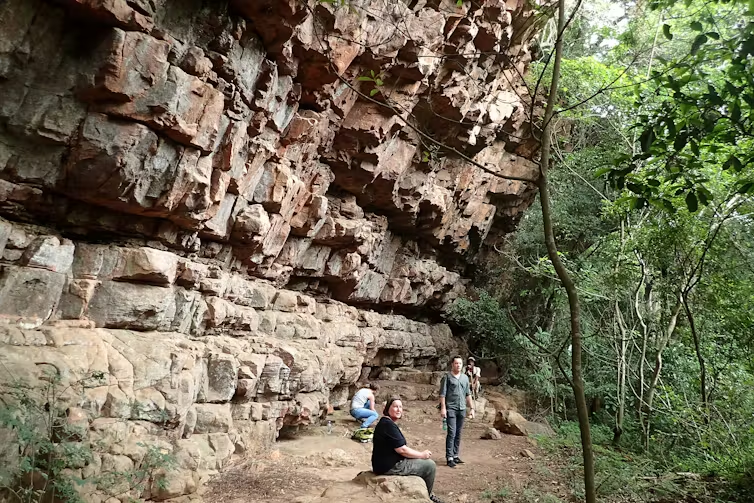Archaeologists have unearthed a snake-shaped artifact believed to have been used in ancient rituals around 4,000 years ago. Discovered by researchers from National Tsing Hua University in Taiwan, the artifact was found at a sand dune site in Guanyin District, western Taoyuan city.
The 4,000-year-old snake-shaped artifact found in Guanyin District, Taiwan. Archaeologists believe the artifact may have come from a pottery vessel that was used in ancient rituals.
The coastal location has been a treasure trove of archaeological finds dating back to Taiwan's prehistory, including a large-scale stone tool processing area. The snake artifact, described as "important," was announced on the university's archaeology news Facebook page.
Radiocarbon dating placed the artifact's age at around four millennia. Thought to be a handle from a pottery vessel, the artifact displays a vivid snake-like figure, resembling a cobra with raised head and distinctive skin folds.
Snake symbolism holds significant cultural and religious meaning across various ancient societies, symbolizing transition and the cycle of life and death. The artifact likely played a role in ritual practices, possibly serving as part of a sacrificial vessel.
Similar serpent-themed artifacts have been discovered in other regions, underscoring the widespread significance of snake imagery in ancient cultures.






